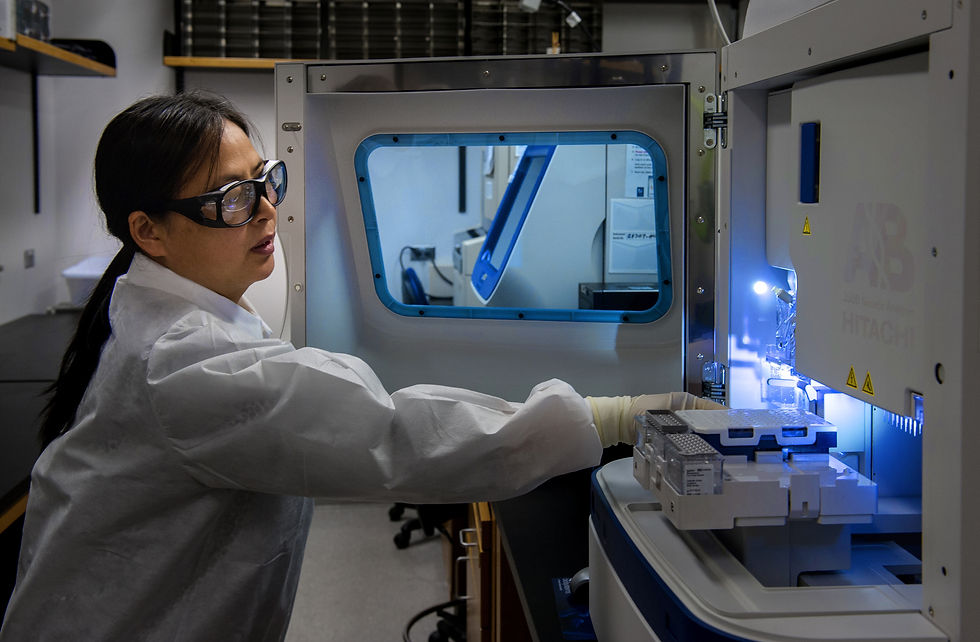All About PGS Testing
- AshleyFleming
- Mar 11, 2020
- 2 min read
Generally there are a lot of questions regarding Preimplantation Genetic Screening (PGS). Here we’ve explained .
What is PGS Testing?
PGS, or recently renamed PGT-A, is when a biopsy of cells from the embryo is removed to check the number of chromosomes that it has.
PGS stands for Preimplantation Genetic Screening and PGT-A stands for Preimplantation Genetic Testing for Aneuplodies.
PGS can be performed when eggs have been collected, typically an IVF protocol. Embryos would be created in the lab and screened, before the embryo transfer is planned. This allows for selecting the embryo with the best chance of implantation. PGS helps to save time, finances for additional embryo transfers and potential heartbreak by avoiding embryos that would fail to implant or be miscarried due to fetal abnormalities.
What are Chromosomal Abnormalities?
Half the genetic material needed to make a healthy baby comes from each the egg and sperm. PGS verifies the number the egg and sperm each contain at the point of fertilization.
The egg and sperm should contain 23 chromosomes each. During fertilization the chromosomes pair up to make a total of 46 chromosomes.
A common error, where there are 3 copies of chromosome 21 instead of 2, would result in Down Syndrome. However more likely the embryo will fail to implant or miscarry in the case of incorrect number of chromosomes.
How is the Testing Done?
The testing is done via a biopsy on a 5 or 6 day blastocyst. At this point the embryo has many cells, meaning the biopsy procedure has little impact on the total amount of cells remaining in the embryo. The procedure is performed at a blastocyst stage as to only remove cells from the trophectoderm layer for testing.
In preparation, a small hole is typically made in the shell of the embryo. This way the outer layer of cells hatch out of this hole, making it easier to remove the cells.

PGS VS PGD
The S in PGS stands for screening, the D in PGD stands for diagnosis. Screening allows for choosing the best embryo, this helps increase the chances of a successful pregnancy and reduce the chance of miscarriage. Diagnosis or PGD testing is applicable when at least one of the potential parents know they have a genetic condition or have a genetic condition in their family history.
What If All Embryos Are Abnormal?
If all embryos come back abnormal with PGS Testing most clinics would advise against an embryo transfer due to the relation to miscarriage and fatal abnormalities.
Clinics cannot legally transfer an abnormal embryo in the case that a normal embryo is available.
How To Request Testing
PGS Testing requires discussion with someone from the medical team. It is a significant procedure and the benefits of the test for the individual should be understood before proceeding.

Patients likely to benefit from PGS
· Females over 40 using their own eggs
· Females with history of 2 or more miscarriages
· Females with a history of previous abnormal pregnancies
· Females with a history of multiple failed IVF cycles
Is Testing Expensive?
The short answer is, yes. PGS can be a large additional cost on top of other treatment costs. However, some clinics may package testing with treatment.
Is There Any Other Way To Test An Embryo?
Biopsy is the only way to accurately test the embryos genetics. Additional research is taking place, but so far none of these have been proven accurate.










Commentaires